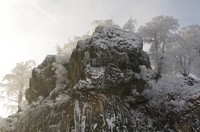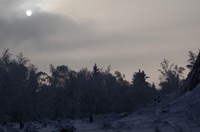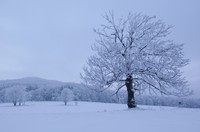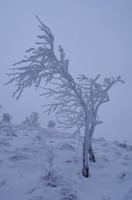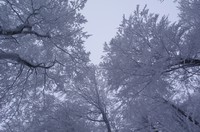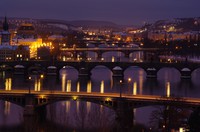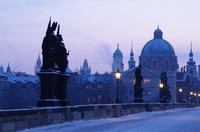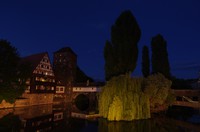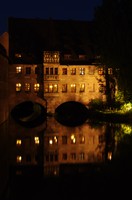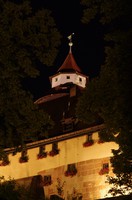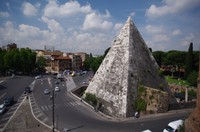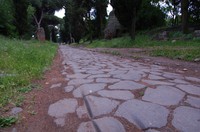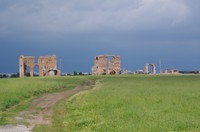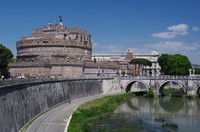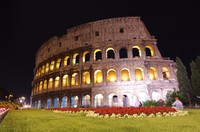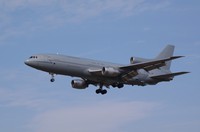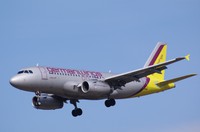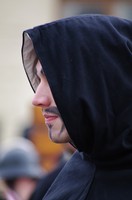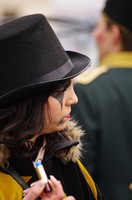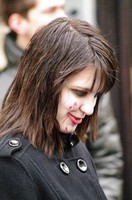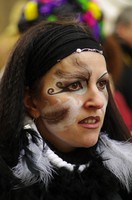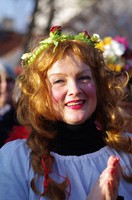We've spent last weekend in Lusatian Mountains. It was cold and not so nice weather, but still I think some of the pictures are worth publishing.
Slovakia trip
To continue in photography blog posts, let's document part of our last week trip around Slovakia. We've visited many nice places, starting at Muraňská planina, going trhough Slovenský ráj and ending in Nizke Tatry.
All pictures are taken in Slovenský ráj (Slovakian paradise), where I've really enjoyed taking photos of waterfalls and wonderful streams:
Sächsische Schweiz
I've enjoyed past extended weekend in Sächsische Schweiz. I really like this area and we've again seen there wonderful nature and climbed thousands of steps :-).
The weather was not that nice for taking photos, but still I can show few of them:
Ruzyně airport
During weekend, I had great opportunity not only to visit Prague Airport, but also to taste airspotting. As photography is my hobby, this was interesting experience, though I don't think it would be my favorite thing to capture.
Anyway we could see some interesting places - L1011 TriStar KC1 from Royal Air Force, two Boeings 747-400F and Boeing 777-300. The Boeings being the biggest airplanes you can regularly see in Prague.
So lets stop talking and here are few pictures:
Prague carnivals
During these days, there are various carnivals in Prague. On Saturday I've visited Malostranský masopust, which is probably not the biggest one, but definitely the one in most attractive location, starting at Prague castle and going down to Kampa.
This was actually my first visit of this carnival and I quite enjoyed it. Bellow you can find some photos taken during the event to catch the atmosphere:
ColorHug with non English locales
Since infamous erasing of factory calibration in my ColorHug device and restoring calibration matrix, I noticed it did screen calibration wrong. However I did not find time to properly investigate the issue. Yesterdays mail from Richard was actually trigger for me so I've opened up this topic.
In the end it turned out to be caused by Little CMS wrongly parsing CCMX in case you are using locales which use something else than . as decimal point.
After lot of googling, I've realized there is probably no good way of parsing floats independent on current locales, so I used one of hacks I found and I think it's less intrusive - get current decimal point by printing float string using printf and then convert the string to it. I know it looks ugly, but including own implementation of strtod is also not nice and playing with locales is definitely something not thread safe to do within widely used library.
Anyway I've asked upstream to merge my patches, so let's see what they think of it.
ColorHug in openSUSE 12.1
Finally I've also find time to test ColorHug on openSUSE 12.1. For my experiences on Debian check previous blog post.
Unfortunately on openSUSE calibration is also not that easy. First of all, you have to install patched argyll CMS from multimedia:color_management repository. You can also install gnome-color-management (and colord), but for some reasons they did not offer me any screen for calibration, so I gave up on this and tried manual calibration using Argyll.
After looking into documentation, it seems to be pretty straightforward:
$ dispcal -y l -o /tmp/L220x
Place instrument on test window.
Hit Esc or Q to give up, any other key to continue:
Display adjustment menu:
Press 1 .. 7
1) Black level (CRT: Offset/Brightness)
2) White point (Color temperature, R,G,B, Gain/Contrast)
3) White level (CRT: Gain/Contrast, LCD: Brightness/Backlight)
4) Black point (R,G,B, Offset/Brightness)
5) Check all
6) Measure and set ambient for viewing condition adjustment
7) Continue on to calibration
8) Exit
Doing check measurements
Current Brightness = 190.74
Target 50% Level = 36.14, Current = 47.98, error = 6.2%
Target Near Black = 1.91, Current = 4.11, error = 1.2%
Current white = x 0.3424, y 0.3179, VDT 5910K DE 2K 18.3
Target black = x 0.3424, y 0.3179, Current = x 0.3123, y 0.2711, error = 18.06 DE
Press 1 .. 7
1) Black level (CRT: Offset/Brightness)
2) White point (Color temperature, R,G,B, Gain/Contrast)
3) White level (CRT: Gain/Contrast, LCD: Brightness/Backlight)
4) Black point (R,G,B, Offset/Brightness)
5) Check all
6) Measure and set ambient for viewing condition adjustment
7) Continue on to calibration
8) Exit
Commencing device calibration
The instrument can be removed from the screen.
$ dispwin -I /tmp/L220x.icc
$ dispwin -L
It turned out, that the change after calibration are quite minor here. This is sort of thing I've expected from past experiences with editing photos here, but anyway, now I trust results here even more :-).
